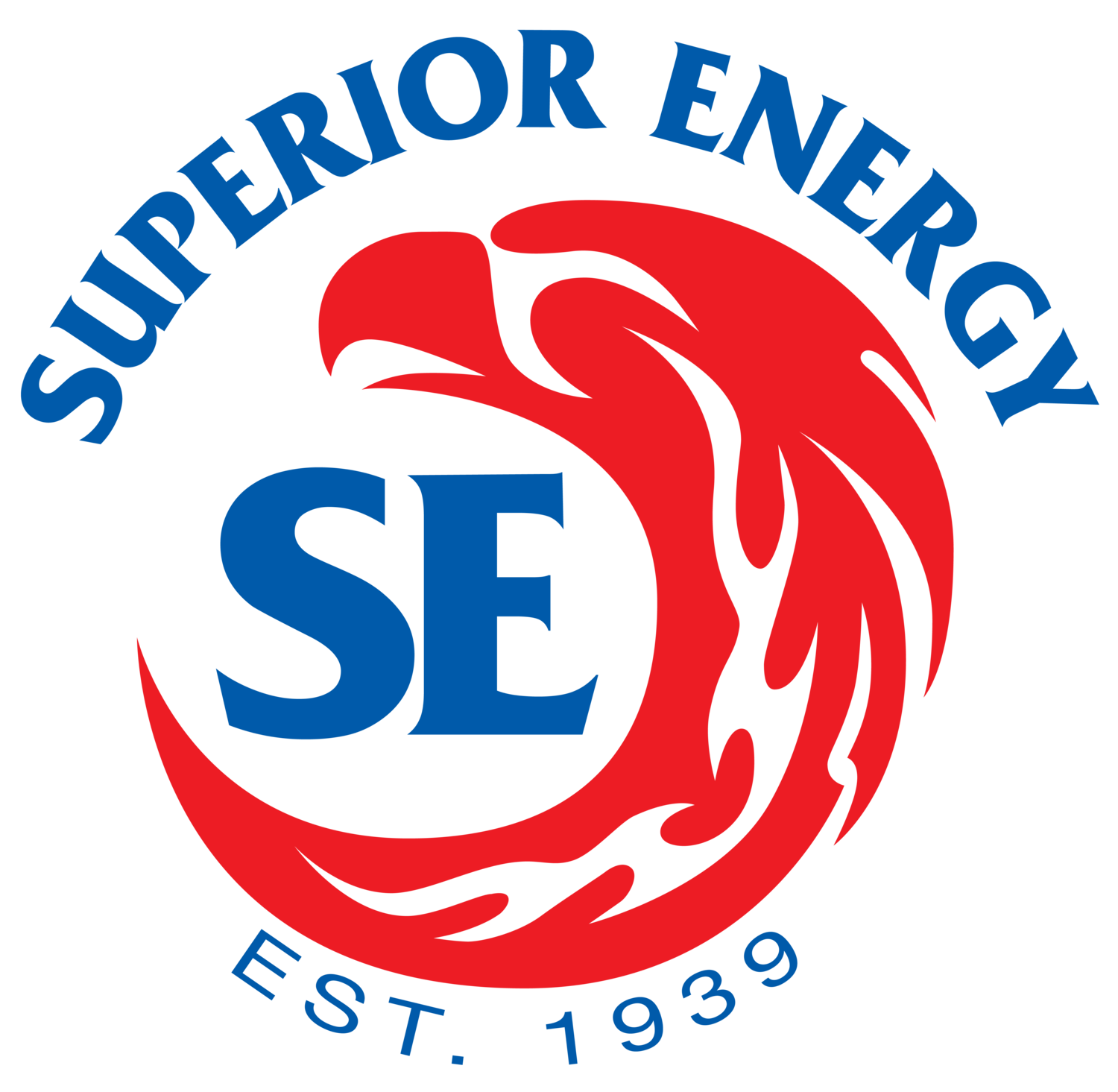Recreational Vehicles (RVs)
RVs should be checked annually by a Railroad Commission-licensed propane gas supplier or licensed RV dealer. The technician will check the system for leaks and proper regulator settings, inspect the valvesand fittings, and inspect the propane tanks for excessive rust and dents. If the tank passes inspection, any minor rust touch-ups can be performed by RV owners. Replace seriously dented or badly rusted tanks immediately. Install the propane tank in the proper position. Arrows indicating the correct position are stamped in the metal of the tank. A horizontal tank must never be used in a vertical position, and vertical tank must never be used in a horizontal position. The technician should also check all your appliances, including the air intakes and exhaust vents. A common mistake is to forget to remove the access door and vent covers that were put on to prevent insect infestation during storage. When refilling on-board propane cylinders, turn off the RVs engine, all appliances, and electronic re-igniters. Railroad Commission rules require all passengers to exit the RV during refueling. If you smell gas, exit the RV without using electric switches or appliances. Leave the door open to air out the vehicle. Close the supply valve on the propane tank, and call a propane gas supplier or the fire department from a nearby phone.








